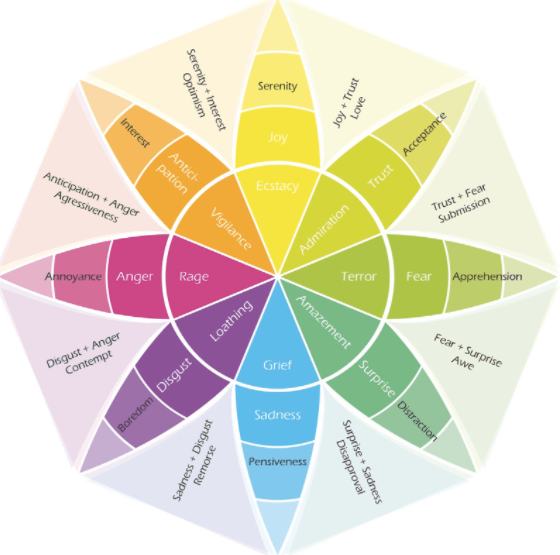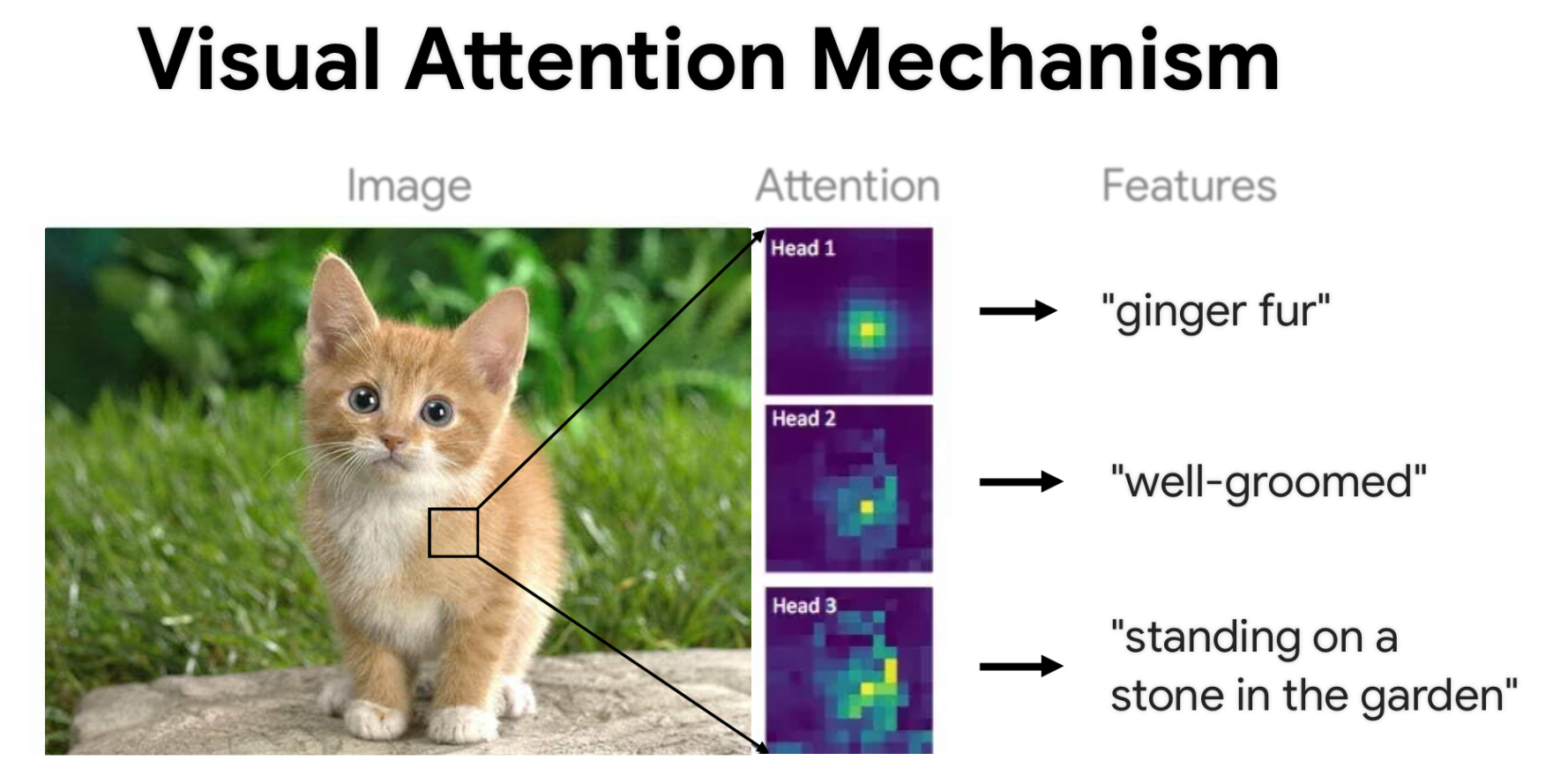Uncover the Mysterious World of AI: Strange and Spooky Facts
 Gerard Sans
Gerard Sans
Artificial Intelligence (AI) is woven into the fabric of our daily lives, but it's often misunderstood. Many people imagine AI as something almost human, capable of thinking, feeling, or even "knowing" them personally. In reality, AI is far more alien than we realize. It operates based on vast amounts of data and complex algorithms, and the way it interacts with us can be counterintuitive. Let's explore some of the strange truths about AI, starting with a comparison that might help clarify how it works.
AI: Like an MP3 File, But Much Larger
AI can be thought of as similar to an MP3 file. Just as an MP3 compresses a song into a digital format that a computer can play back, AI models are created by compressing vast amounts of information into a set of numbers—parameters known as weights and biases. These numbers, once set during training, guide how the AI processes data and responds to input. However, while an MP3 file always plays the same song, AI is more dynamic. It uses these fixed parameters to generate new responses with every interaction, and it only exists in the moment it's active.
Here are some key points to understand this concept better:
AI is created by data and algorithms. It doesn't have a physical form—it's a product of code and vast amounts of data.
It's like an MP3 file, but much larger. While you might store songs as small files, AI involves processing and storing massive datasets.
AI is ephemeral. It only "exists" during each brief interaction. Once the interaction is over, the AI ceases to be active.
Each interaction produces a new output. Even in the same conversation, each response is generated afresh based on the current input and context.
The Spooky Side of AI
While AI is impressive, it's also quite strange when you think about what it lacks. Let's explore some of the characteristics that make AI more alien than we often realize:
Lack of Physical Embodiment
AI has no body, no senses, and no emotions. It doesn't have a physical presence and cannot see, hear, taste, touch, or feel in the way humans do. When an AI "sees" an image or "hears" audio, it's processing data, not experiencing sensory input like we do.

Absence of Persistent Memory
Unlike humans who form memories and learn from experiences, AI doesn't retain information from past interactions or form lasting bonds. Each conversation or task starts from a blank slate, guided only by its initial training. This means an AI you talk to today won't remember your conversation tomorrow.
No Lived Experiences or Time Perception
AI has never experienced anything—like growing up, riding a bike, or learning through life events. It also doesn't perceive time and only "exists" during each brief interaction. This lack of experiential knowledge and temporal awareness makes its understanding of the world fundamentally different from ours.
Lack of a Consistent Self
Input-driven Chameleonic Identity
AI lacks a fixed self or identity or set of beliefs, adapting its responses entirely based on input. This can result in contradictions, as the AI might support opposing viewpoints depending on the prompts. For example, it can argue both conservative and liberal positions in politics or promote both free-market and state-controlled economies in economics.
AI’s chameleon-like nature allows it to take on any role or persona—whether a character, a scientist, or even an animal—without internal conflict. It can express a wide range of emotions and ideas, often switching rapidly between them, making it capable of presenting diverse human perspectives without being bound by consistency.

Delayed Learning Feedback
While AI can mimic adaptability, its learning process is delayed. Unlike humans, who learn in real time, AI only updates its knowledge periodically, usually during resource-intensive updates every few months. This means AI doesn’t evolve or improve from immediate interactions but operates based on static knowledge until the next update.
Hyper-Specialised Intelligence
Most AI systems excel in narrow tasks but struggle outside their domain. An AI that masters chess won’t be able to cook or write poetry. While humans possess general intelligence, AI’s abilities are restricted to its specific training, limiting its flexibility across different fields.
These traits—flexibility without fixed beliefs, delayed learning, and specialization—show how AI operates in fundamentally different ways from human intelligence. Understanding these differences helps clarify its potential and limitations.
Q&A: Debunking Common Myths About AI
Q: If AI can't see, how does it find things in images?
A: AI doesn't "see" the way humans do. Instead, it processes image data using computer vision techniques. It analyzes pixels, identifies patterns, and translates this information into useful insights, like detecting objects in an image. It's not seeing—it's processing data.

Q: What about hearing my voice and talking back to me?
A: AI doesn't hear or talk like a human. When you speak, your device records your voice and uses speech recognition to convert the audio into text. Then, the AI generates a response based on this text, which is converted back to audio using text-to-speech technology. It's all data processing—no actual "listening" or "talking" involved.
Q: My chatbot says it's "thinking" before it responds. Is it reasoning like a human?
A: No, AI doesn't actually think or reason. When it says it's "thinking," it's just processing data and running algorithms to generate a response. The "thinking" message is often used to make the interaction feel more natural, but in reality, AI is applying its trained patterns to the input it receives.
Conclusion: The Reality of AI
AI is a fascinating, powerful tool, but it's crucial to understand what it is—and what it isn't. AI models are more like massive MP3 files filled with learned patterns, coming to life only when we interact with them. They don't have senses, emotions, or persistent memories, and each interaction starts fresh. Despite how advanced AI might seem, it processes the world in ways that are profoundly different from how humans think and feel.
As AI continues to evolve and integrate into society, understanding its limitations and capabilities will help us use it wisely—and maybe even appreciate how weirdly alien it really is.
Subscribe to my newsletter
Read articles from Gerard Sans directly inside your inbox. Subscribe to the newsletter, and don't miss out.
Written by

Gerard Sans
Gerard Sans
I help developers succeed in Artificial Intelligence and Web3; Former AWS Amplify Developer Advocate. I am very excited about the future of the Web and JavaScript. Always happy Computer Science Engineer and humble Google Developer Expert. I love sharing my knowledge by speaking, training and writing about cool technologies. I love running communities and meetups such as Web3 London, GraphQL London, GraphQL San Francisco, mentoring students and giving back to the community.